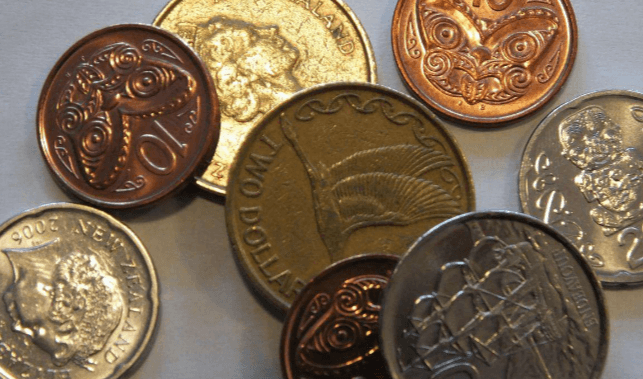Common Mistakes In Coin Grading: How To Avoid Overgrading And Undergrading

Coin collecting is a fascinating pastime loved by people all over the globe. It goes beyond simply collecting old and scarce coins; learning how to determine their state or their grade is very essential. This grading not only establishes the value of the coin in the market, but also its history as well.
Unfortunately, even the most experienced collectors can make mistakes while grading. The mistakes like overgrazing and undergrazing can heavily influence the value of the coin and the credibility of the collection.
This article will explore these grading mistakes and provide guidance on how to avoid them so that your collection is both meaningful and accurate.
Understanding Coin Grades
Coin grading refers to a process of evaluating the status of a given coin. The coin grades scale starts from Poor (very bad) and goes up to the level of Perfect (free from any kind of flaw). It is important to know this scale because a small difference in grading can result in a significant boost in the value of a coin. At the same time, it is not a rare case when collectors make mistakes regarding these grades, especially if they are new to the collecting niche.
Common Pitfalls in Overgrading
Overgrading occurs when a collector believes that a particular coin is in a better condition than it actually is. This mistake can be costly. For instance, a collector might observe that an old coin has a shiny exterior and conclude that the coin is in very good shape. However, shininess in this case can just be attributed to a clean up exercise which in fact devalues a coin. For instance, the collector may dismiss a small scratch or a mark as being inconsequential. Avoid overgrading by examining coins under good lighting and using a magnifying glass to view fine details.
Avoiding the Risks of Undergrading
Undergrading is the opposite or rather the reverse of overgrading. It arises when there is an underestimation of the state of a coin. This might happen if the grader is overly cautious and is too keen to look at the minor imperfections of the coin while ignoring the general quality of the coin. Undergrading involves selling or bartering coins at a lower value than their actual value. To avoid this, compare the coins with the certified examples and consult with other collectors or experts.
Read also Beyond The Castle Walls: Exploring The Responsibilities Of A Professional Disney Travel Planner
Professional Coin Grading
To be able to properly get coin grades, it is important to familiarize yourself with grading standards as often as possible. Use the right tools such as a good magnifying glass and ensure proper lighting when examining your coins. Always consult with other collectors or experts in case you are in doubt with the grade of the coin you are buying. It is advisable to have an objective view and do not allow prejudice to affect the estimated grade of a coin.
Conclusion
Coin grading is best done systematically, and it takes time and sheer practice in order to perfect the art. If you are aware of overgrading and undergrading mistakes, then it will be easier for you to evaluate the true value of the coins.
Do not forget that correct grading not only contributes to the value of your coins but also increases your pleasure from the hobby and makes your numismatic collection even more interesting. Therefore, spend adequate time, employ the proper tools and never cease to learn from every single coin that you come across.






